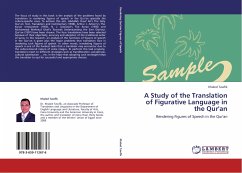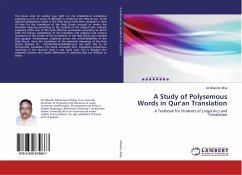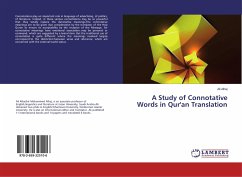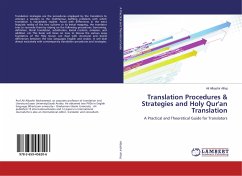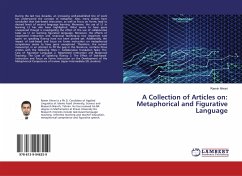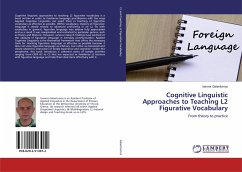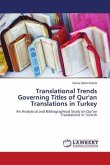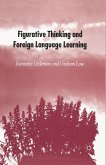The focus of study in this book is the analysis of the problems faced by translators in rendering figures of speech in the Qur an specially the culture-specific ones. To achieve this aim, Abdullah Yusuf Ali s The Holy Qur an: Text, Translation and Commentary (1938), Arthur J. Arberry s The Koran Interpreted (1955), N. J. Dawood s The Koran (1956) and Muhammad Mahmud Ghali s Towards Understanding the Ever Glorious Qur an (1997) have been chosen. The four translations have been selected because of their objectivity, accuracy and adoption of the traditional order of suras. In this research, an analysis of the functions of figures of speech in the Qur an is given plus the major problems that translators face in rendering such figures of speech. In other words, translating figures of speech is one of the hardest tasks that a translator may encounter due to the culture-bound nature of some images. To perform this task properly, translators resort to different strategies such as transliteration, paraphrase, cultural substitution etc. in the hope that adopting such strategies helps the translator to opt for successful and appropriate choices.
Bitte wählen Sie Ihr Anliegen aus.
Rechnungen
Retourenschein anfordern
Bestellstatus
Storno

